
The construction of the Florentine duomo by Filippo Brunelleschi has been an engineering marvel for more than 500 years, showcasing ancient techniques that still hold valuable insights for modern engineering. Until now, it has remained a mystery how the master goldsmith and sculptor managed to build the masterpiece that pushes the limits of what is possible to construct even with modern building technologies, and how the masters who followed Brunelleschi carried on the tradition.
In a collaborative study in the July 2020 issue of Engineering Structures, researchers at Princeton University and the University of Bergamo revealed the engineering techniques behind self-supporting masonry domes inherent to the Italian renaissance. Researchers analyzed how cupolas like the famous duomo, part of the Cathedral of Santa Maria del Fiore in Florence, were built as self-supporting, without the use of shoring or forms typically required.


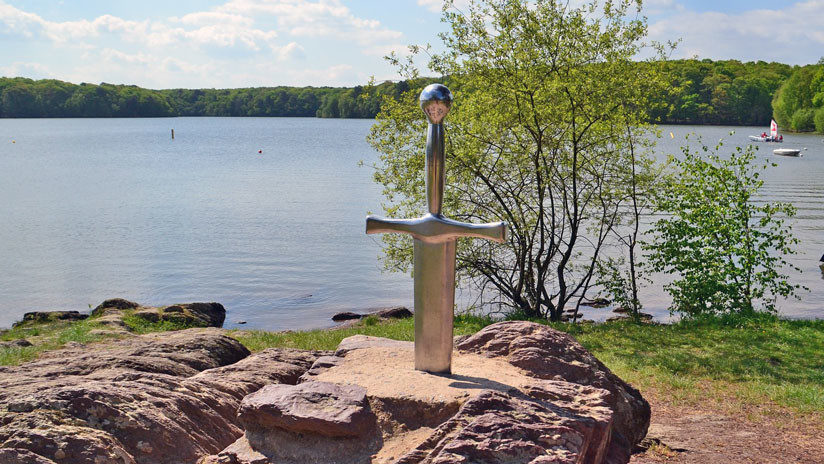
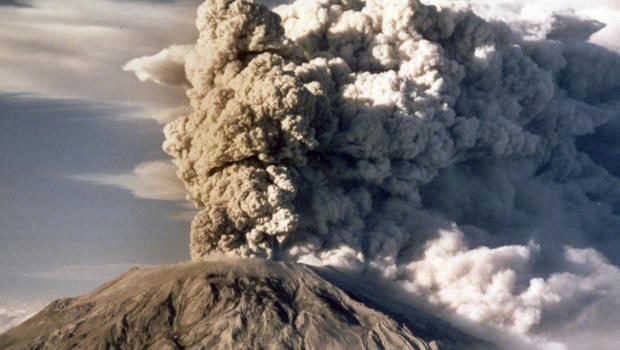
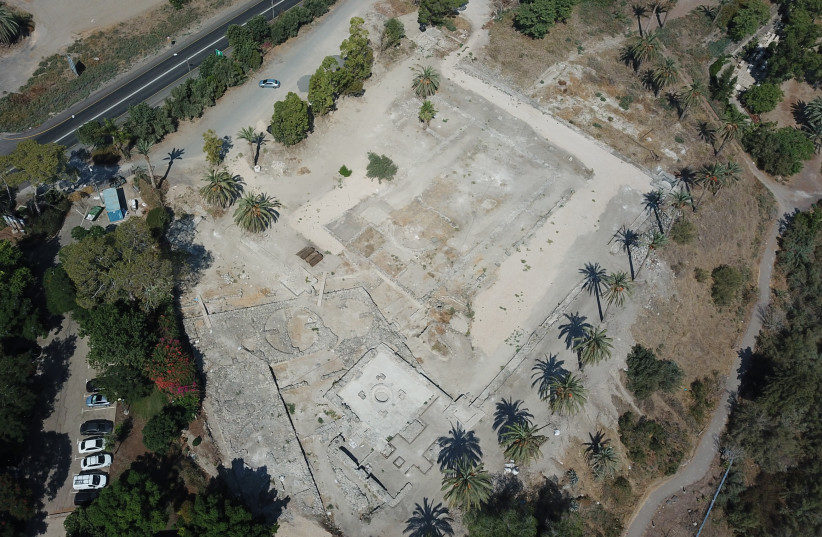
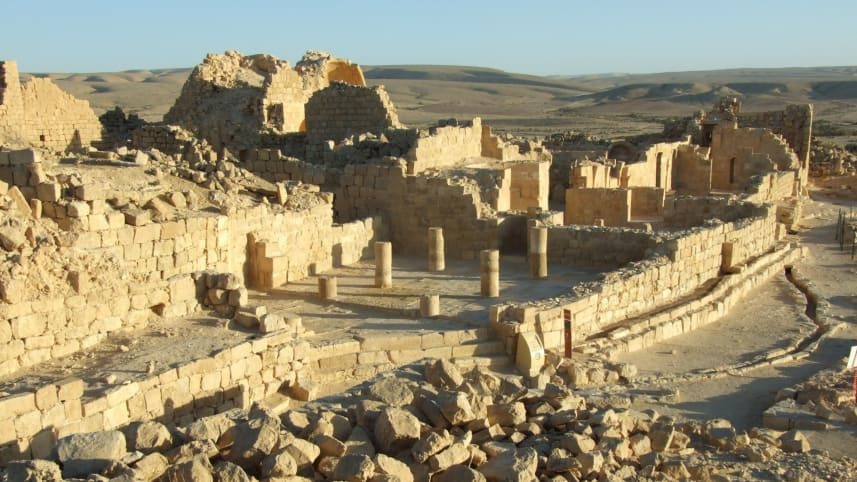
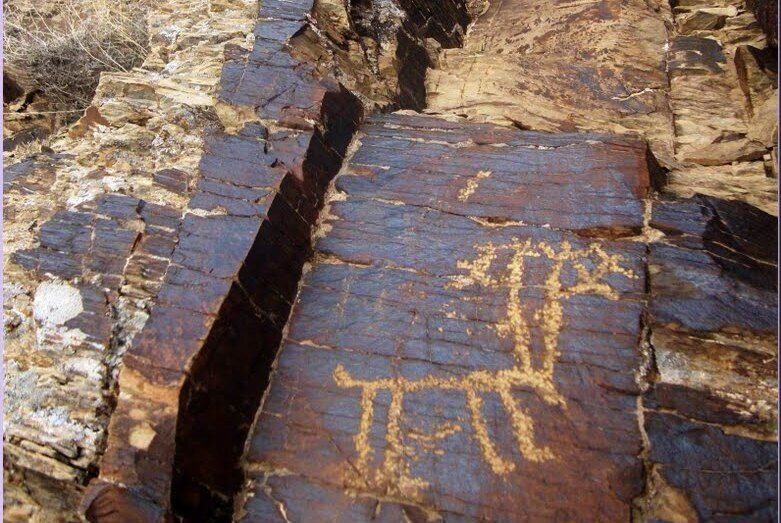
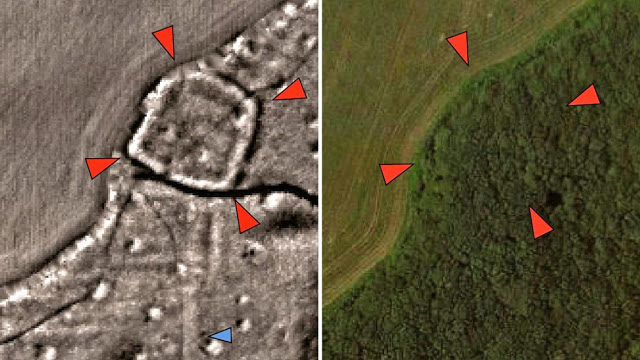




Comment: It's rather incredible that such important knowledge, and from what seems to be only our recent past, could have been lost. And yet it is but one of the many stunning reminders that this forgetting seems to be part of a repeating pattern: